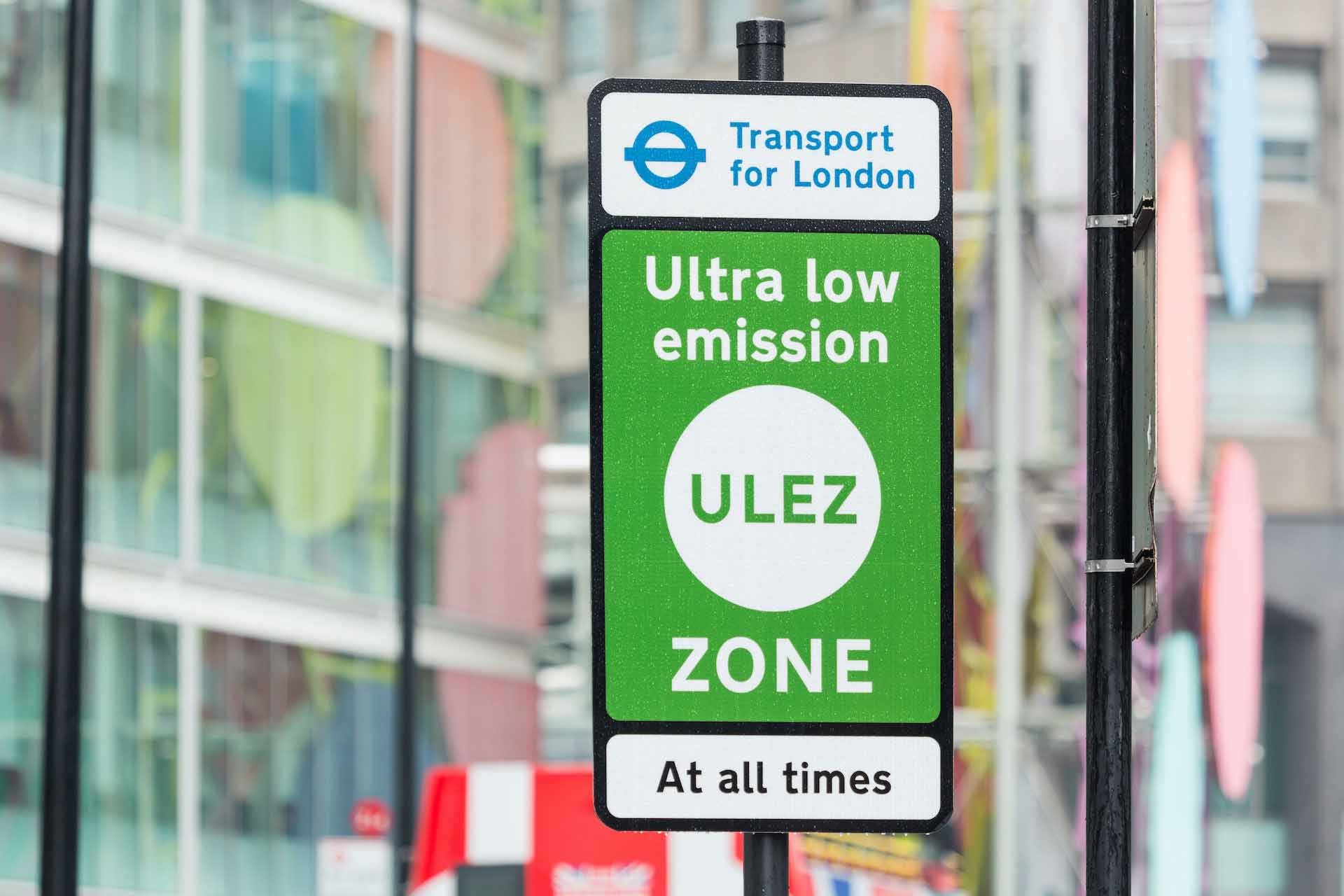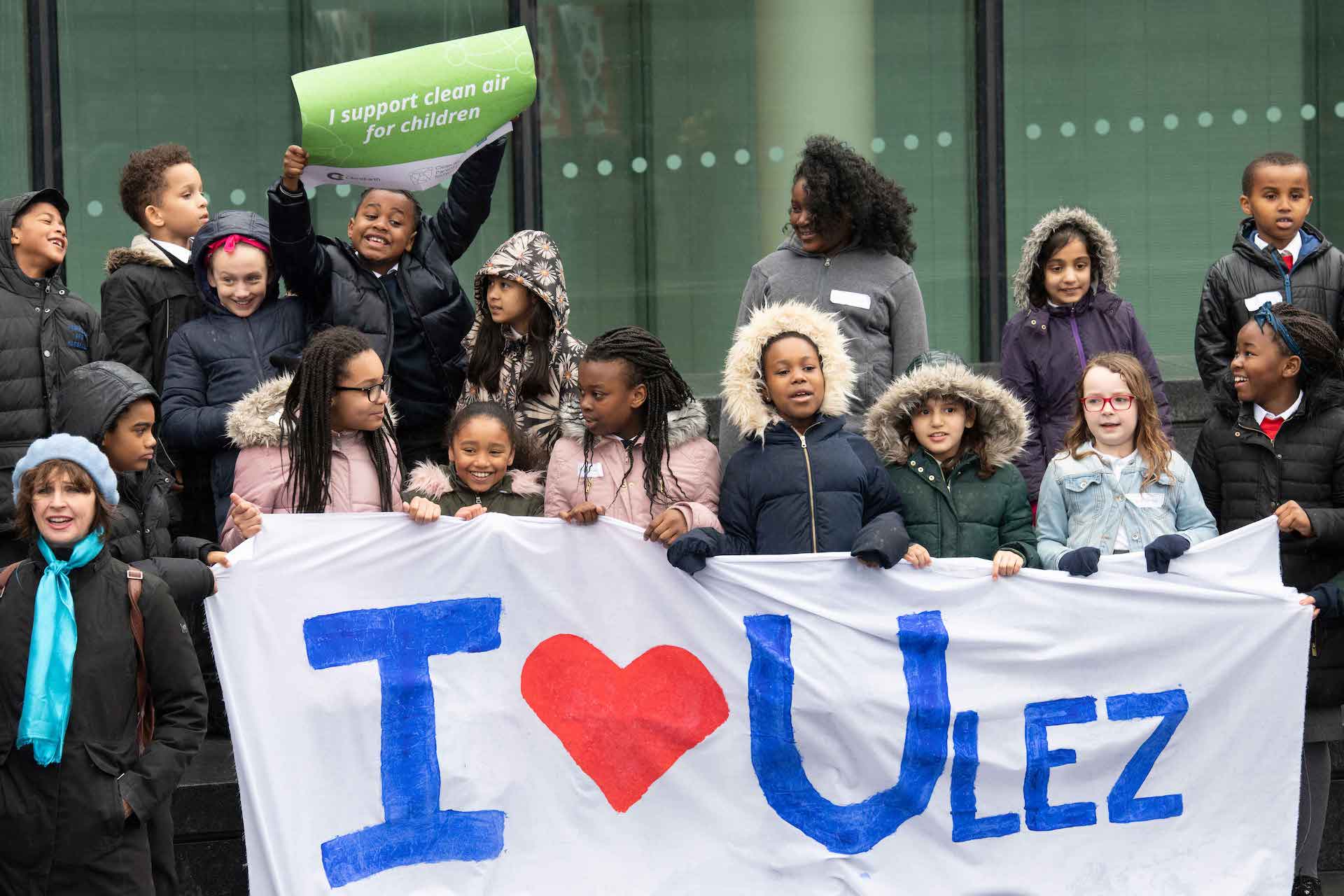“Ensuring clean air is a right, not a privilege”
Finalist: GREATER LONDON AUTHORITY
5 Finalists for 2020-21 Prize for Cities Show How to Tackle Climate Change and Inequality Together
Projects from Argentina, India, Kenya, Mexico and the United Kingdom chosen for demonstrated impact on climate risk, resilience and socioeconomic inequality
london.gov.ukwhat-we-doenvironmentpollution-and-air-qualitymayors-ultra-low-emission-zone-london
London, United Kingdom
The Greater London Authority’s Ultra Low Emission Zone (ULEZ) is the world’s toughest clean air zone. Currently covering all of central London, the ULEZ requires drivers to meet strict vehicle emissions standards or pay a daily charge, encouraging Londoners and businesses to switch from heavily polluting vehicles to cleaner modes of transport and collectively reduce toxic air pollution, particularly for the poorest and most disadvantaged residents.
The past three decades have heralded unprecedented growth for London, transforming it once again into a preeminent global financial center. But the city’s regeneration has had drawbacks: traffic congestion has increased and air pollution has remained stubbornly high for some residents. In 2013, a municipal audit revealed that low-income communities were exposed to about a quarter more nitrogen dioxide (NO2) pollution than average and communities of color were exposed to 16-19% more NO2 pollution than average. With its significant negative impacts on human health, air pollution in London is not just an issue of climate change, but also one of social justice.
In 2016, Mayor Sadiq Khan was elected on a platform that prioritized improvements to air quality. The ULEZ, his signature policy, builds on initiatives developed in successive administrations, such as the congestion charging zone, which places a daily fee on drivers entering central London, followed by the Low Emission Zone, which applies a charge to all heavy-duty vehicles that do not meet certain emissions standards. The ULEZ is designed to specifically address transport emissions, the biggest source of air pollution in the city, by requiring all vehicles to meet strict emissions standards 24 hours a day, seven days a week or pay a daily charge.
To ensure the ULEZ would benefit all Londoners and especially those most affected by air pollution, Mayor Khan’s administration conducted a range of audits to project its environmental, economic and health benefits. Insights from these reports fed into consultations with local communities and helped build support for both the ULEZ and the city’s wider fight against air pollution. Aware that switching to less-polluting vehicles presents a heavier burden for low-income and disabled residents as well as small business owners, the mayor created a fund of over $60 million to help these populations scrap their older cars and reinvest in ones that meet ULEZ requirements. All revenue from the ULEZ and the other charging policies are reinvested into London’s public transport system to incentivize a citywide shift towards lower-emissions options.

While the ULEZ stands on its own in terms of ambition, it is also part of a broader package of measures to tackle transport pollution in London. To address emissions from public transport, the mayor’s office identified 12 pollution hotspots that need immediate attention and replaced buses in these areas with those that either meet or exceed ULEZ standards. By the end of 2020, the entire city will be serviced by buses that meet these standards. The city has also invested in expanding its electric bus fleet and rolled out thousands of electric taxis along with vehicle charging infrastructure. Other efforts have included car-free days and the promising School Streets program, which closes roads around schools to vehicle traffic at pick-up and drop-off times to encourage walking and cycling. So far over 380 School Streets have been implemented, and there has been a 97% reduction in schools located in areas exceeding legal pollution limits.
In an effort to ensure that the city’s recovery from COVID-19 does not depend on polluting private vehicles, Mayor Khan’s administration established the Streetspace for London plan, supporting boroughs in installing temporary infrastructure and policies to help make streets safer for pedestrians and cyclists, while promoting active mobility. So far, 15 new cycling networks and 55 low traffic corridors have been implemented, and the School Streets program has been expanded, with more to come.

London’s commitment to reducing emissions and improving air quality has spurred nationwide action. The UK Government has adopted ULEZs as a key policy tool in its National Air Quality Plan, while the cities of Birmingham, Bath and Leeds have all developed implementation plans for low-emission zones of their own.
Press and Images courtesy of WRI
